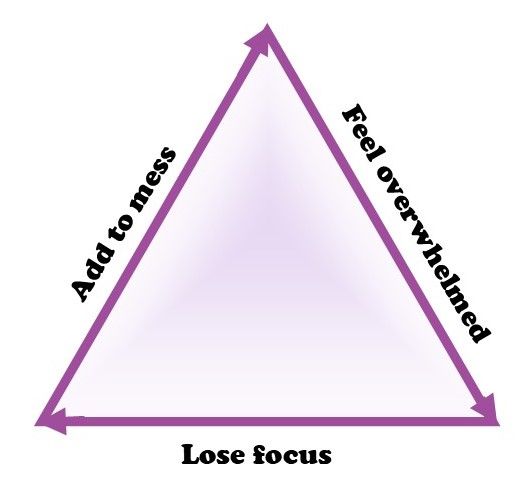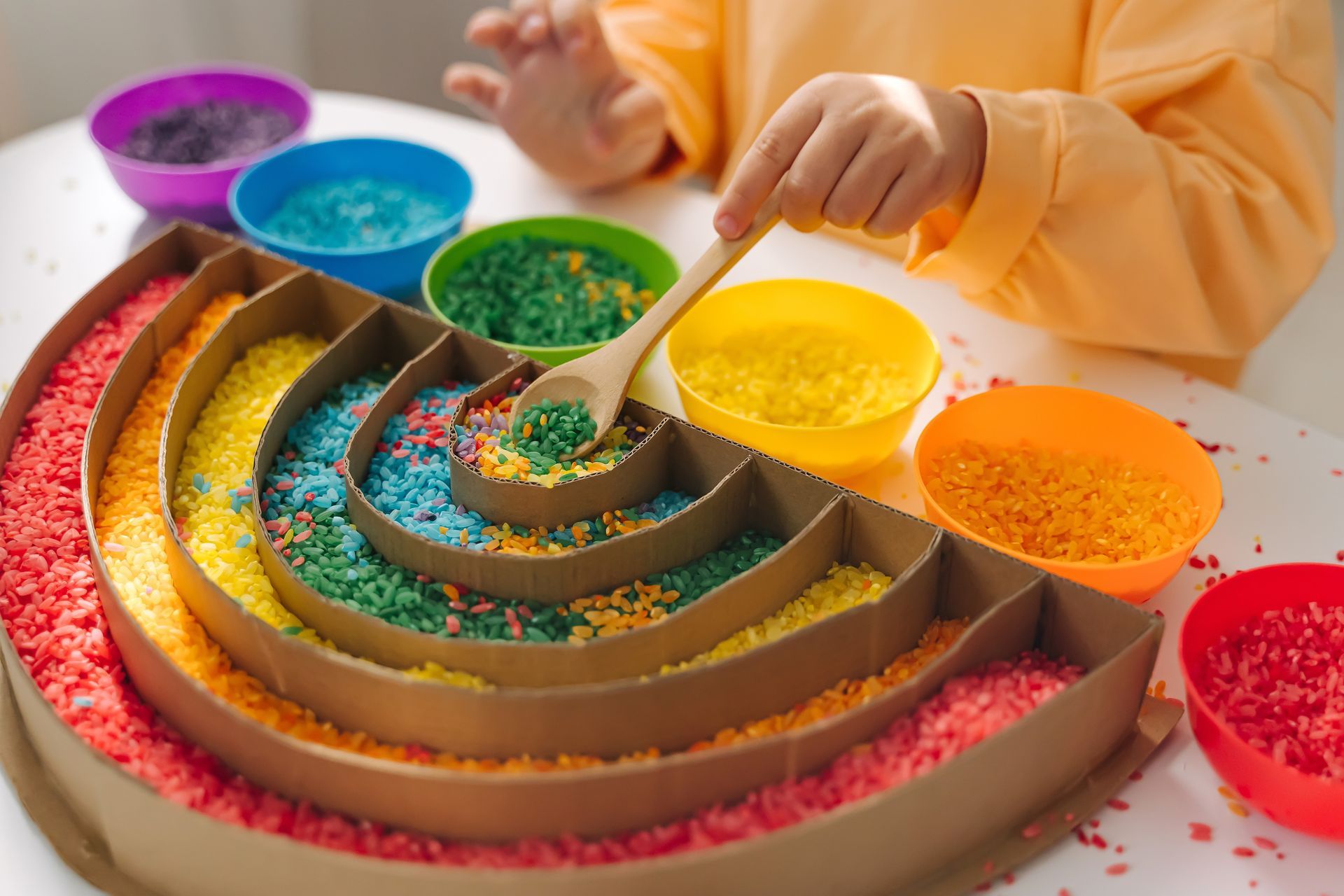5 tips for helping a child to tidy up their room
Tidying up a bedroom uses a lot of skills we take for granted, and some kids and teens struggle with these skills.

Have you ever found yourself yelling at your kids or teens to tidy up? Maybe more than once on any one day? I certainly have!
I recently popped my head into my daughter’s bedroom after she had been “cleaning” her bedroom for about half an hour, and she was sitting on the floor playing, with her room looking exactly the same as it did half an hour ago. I could feel the frustration rising in my body, but just before I told her off for playing instead of tidying, I took a breath and remembered that a child requires a lot skills to tidy a room that as adults, we sometimes take for granted.
Sometimes when a child is told they need to clean up their room, they can look at it and just not know what to do.
WHAT ARE SOME DIFFICULTIES THAT CHILDREN FACE WHEN ASKED TO CLEAN THEIR ROOM?
Difficulties with executive functioning
Executive functions include planning, prioritising and organisational skills and these skills are not fully developed until a person is in their 20s.
When cleaning a room, you need planning skills to know where to start and how to put multiple items away in a similar spot, prioritizing skills to know what you are going to pick up and where it needs to go in order to make progress, and organising to, well, organise the items that are being tidied.
A messy room might be overwhelming
For some people an untidy room may look like one big, unmanageable mess, rather than individual pieces that contribute to the whole mess that can be moved into more organised locations. This can make it difficult to not only initiate the cleaning process, but to sort through the mess to group similar items together to place in their correct places.
Additionally, studies have demonstrated that disorganized clutter can impact how clearly we think by increasing our cognitive overload, making it difficult to focus. This then adds to a cycle affect of messy room, overwhelm, difficulty to focus, adding to a messy room.

Staying focused
Sticking with a boring task can be difficult for everyone. Children could easily become distracted if they find items amongst the mess that they haven’t seen for a while. This item could be more interesting than the task of tidying their room, causing their focus to shift to the more interesting task.
Finding comfort and control around a lot of belongings
Some kids and teens are not bothered by mess. They find that the mess provides a level of comfort by being around all their belongings which they can easily see across their bedroom floor. Additionally, it may be the one place they can “let loose”, and not have to worry about other people’s rules. In this situation, they are not likely to be motivated to tidy the room.
Difficulties with motivation
Some kids and teens are not bothered by mess. They find that the mess provides a level of comfort and control by being around all their belongings which they can easily see across their bedroom floor.
Additionally, it may be the one place they can “let loose”, and not have to worry about other people’s rules. In this situation, they are not likely to be motivated to tidy the room.
Not enough time
Often children and teens have after-school and weekend activities which they place more importance on than keeping their room tidy. These different priorities for teens and adults can cause conflict about when or how frequently they should clean their room.
HOW CARE WE SUPPORT CHILDREN TO TIDY THEIR ROOM?
Directing your child or teen to “clean your room!” is often not an effective strategy to support the young person to clean their room, leading to the parent becoming angry and frustrated, while adding more to the overwhelm that they may already be experiencing.
Try implementing these tips to reduce your frustration at your child or teen and to set them up for room-tidying success.
1. Prepare them mentally for the task
Kids and neurodiverse individuals need time to wind down from one activity and mentally prepare for a less enjoyable activity like cleaning. Consider giving them a timeframe for when the task will start to help them prepare for cleaning their room.
2. Make sure that everything has a place
Children may have difficulty deciding where to put things if they don’t know where it should belong. The easiest alternative for them may be to put it on the floor. Help your child find a place in the room that they can independently reach when they bring something new home so they know where to return it to.
3. Break up the task
Give them some smaller tasks to complete to help them know where to start. This could be prompts such as “please pick up all the clothes on your floor and put them in the laundry basket”. This makes cleaning the room feel more achievable for the child. Alternatively, you could break the room into quarters and ask them to clean up one quarter at a time.
4. Make it fun
This could be done in a lot of different ways, and we all know that we are more likely to do something and do it well if we are enjoying it. Make it fun by turning the task into a cleaning up dance, hide something that they want in the room somewhere, set up a fun activity to do once they are finished... the ideas are endless!
5. Provide positive reinforcement
We have an innate drive to want to please, so rather than yelling at your young one for making such a mess, give them praise about how well they have done cleaning it up!
These strategies should help make the room tidy process less stressful for all people involved, while achieving the results that you can be satisfied of and the child can be proud of.
If you would like a summary of the 5 tips to help your child achieve room-tidying success, click on the button below.





